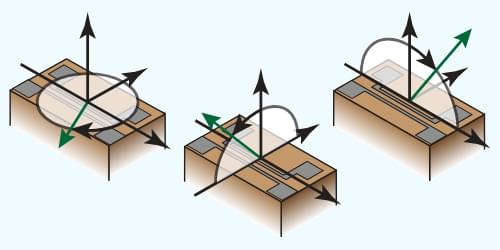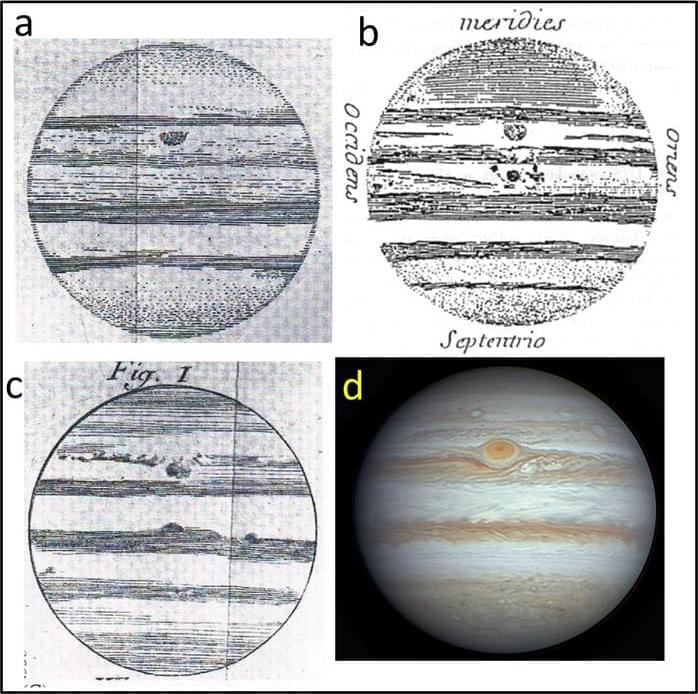Jun 21, 2024
Quantum computing breakthrough solves key obstacle for revolutionary tech
Posted by Paul Battista in categories: computing, quantum physics
In the race to develop practical quantum computers, a team of researchers has achieved a significant milestone by demonstrating a new method for manipulating quantum information. This breakthrough, published in the journal Nature Communications, could lead to faster and more efficient quantum computing by harnessing the power of customizable “nonlinearities” in superconducting circuits.
Quantum computers promise to revolutionize computing by leveraging the principles of quantum mechanics to perform complex calculations that are impossible for classical computers. However, one of the main challenges in building quantum computers is the difficulty in manipulating and controlling quantum information, known as qubits.
The researchers, led by Axel M. Eriksson and Simone Gasparinetti from Chalmers University of Technology in Sweden, have developed a novel approach that allows for greater control over qubits by using a special type of superconducting circuit called a SNAIL (Superconducting Nonlinear Asymmetric Inductive eLement) resonator.

















